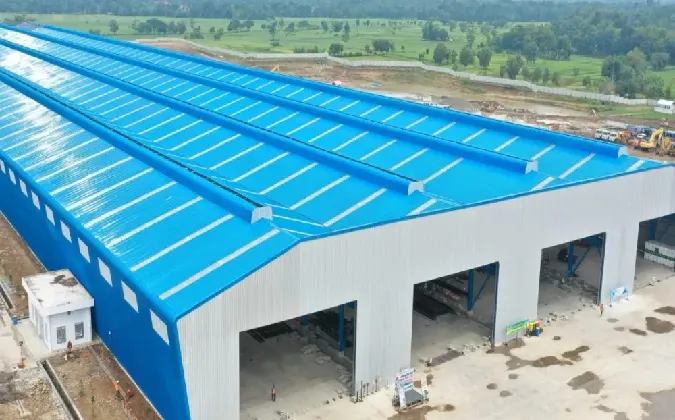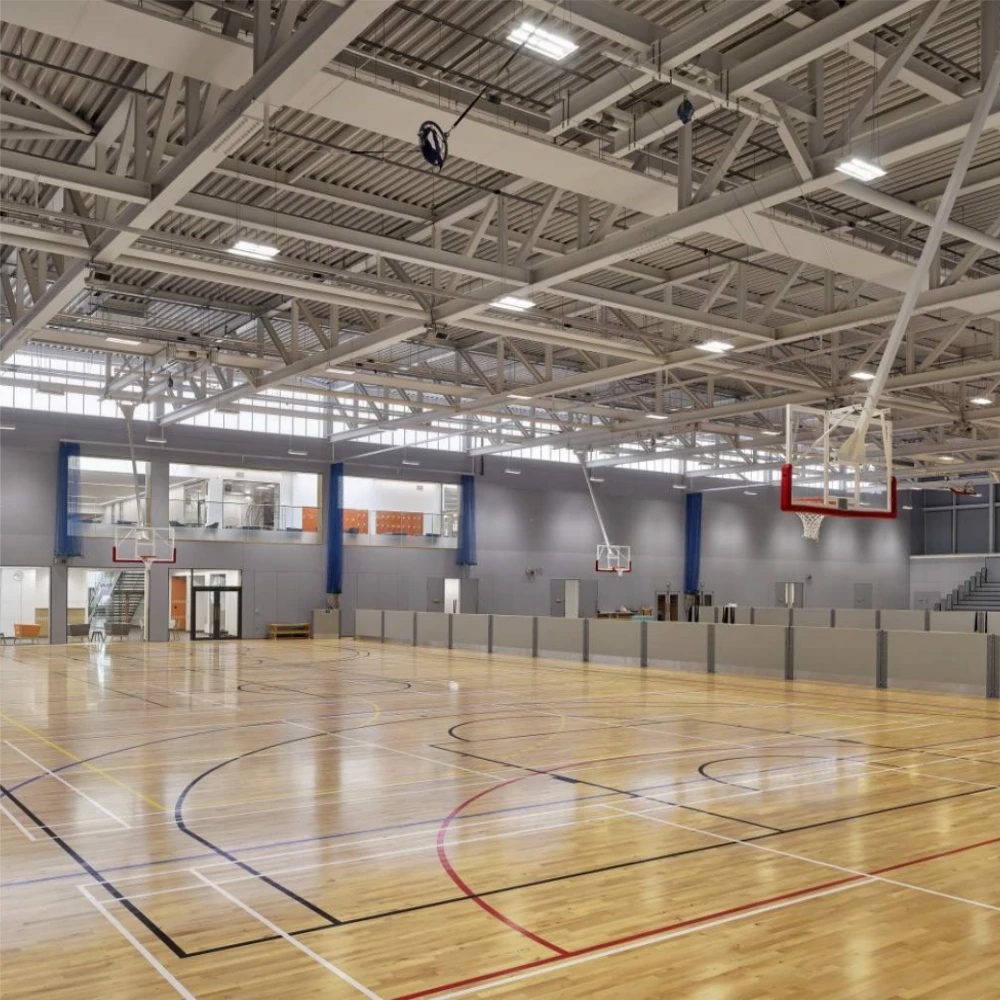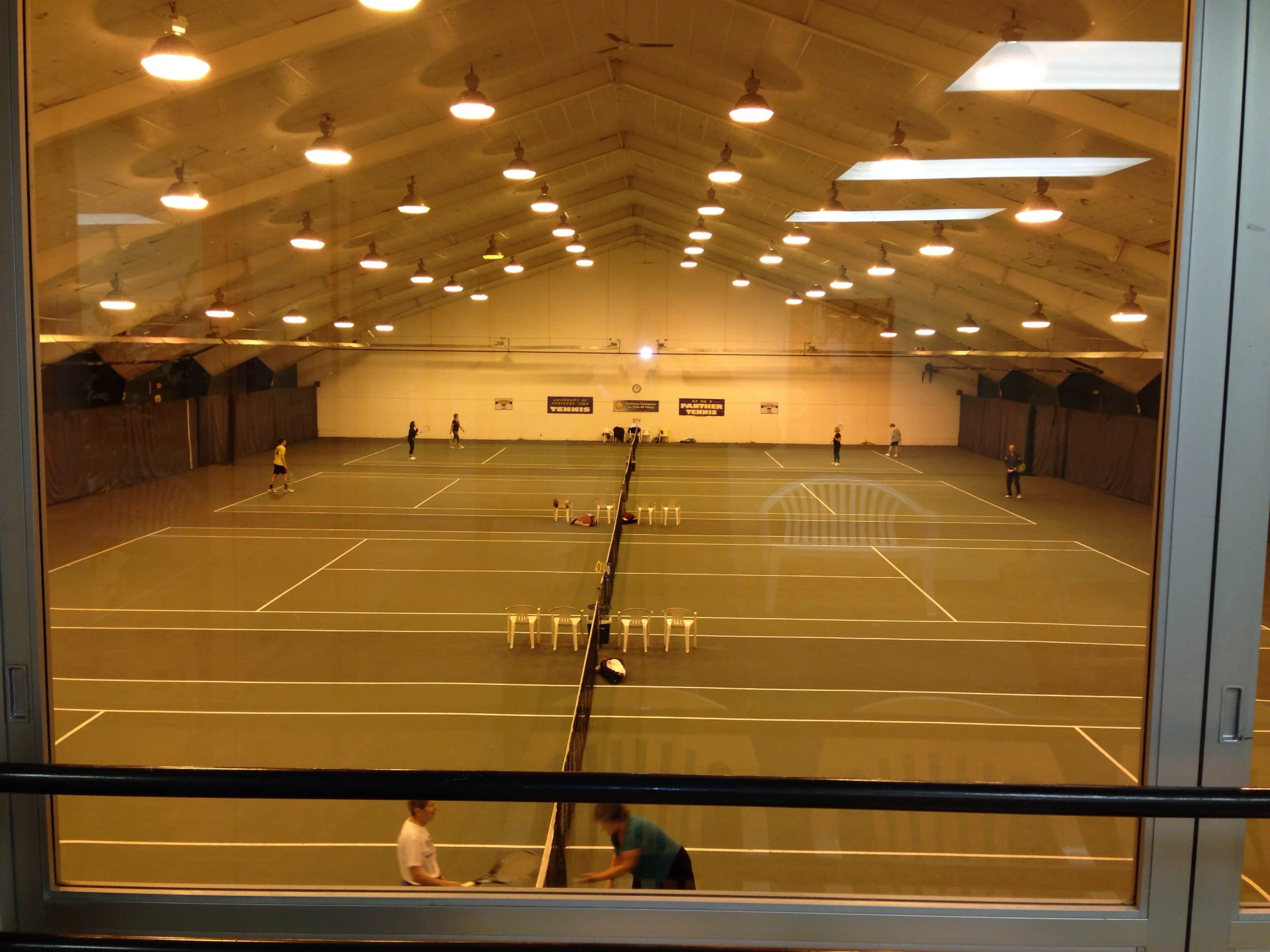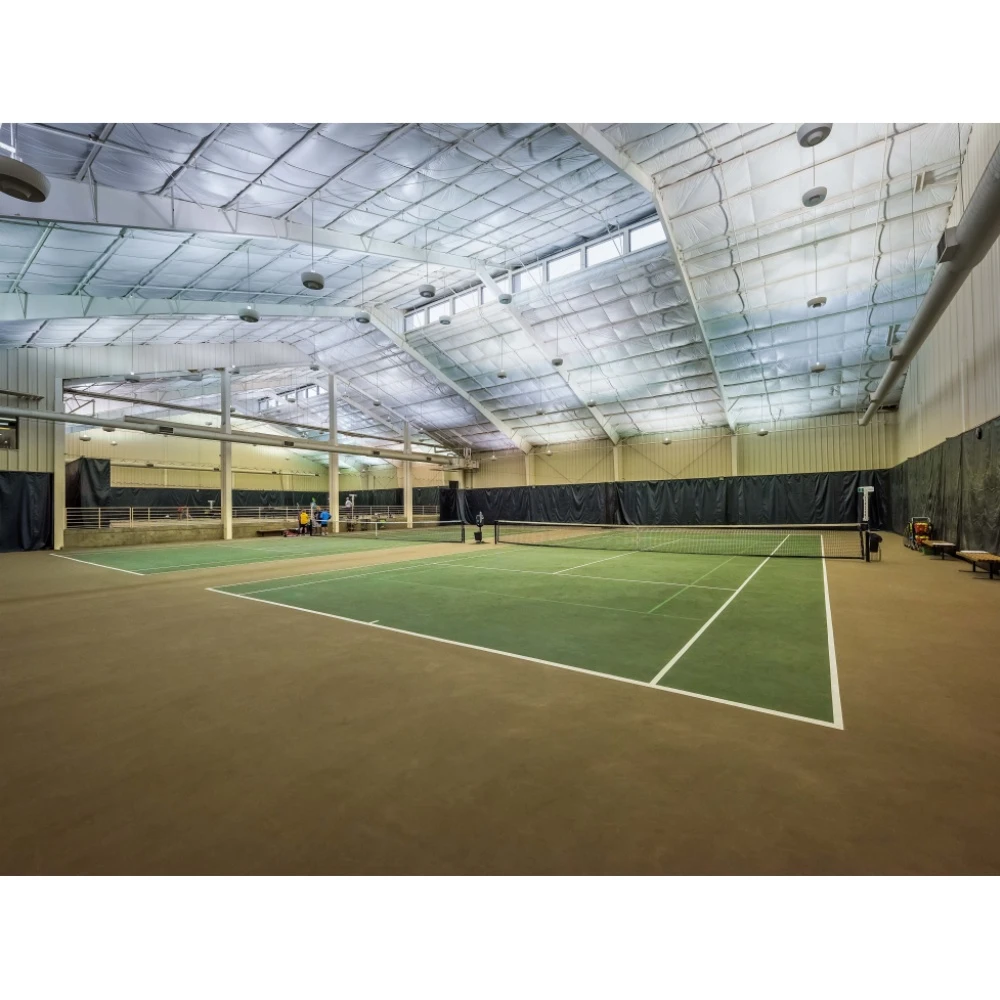- Afrikaans
- Albanian
- Amharic
- Arabic
- Armenian
- Azerbaijani
- Basque
- Belarusian
- Bengali
- Bosnian
- Bulgarian
- Catalan
- Cebuano
- Corsican
- Croatian
- Czech
- Danish
- Dutch
- English
- Esperanto
- Estonian
- Finnish
- French
- Frisian
- Galician
- Georgian
- German
- Greek
- Gujarati
- Haitian Creole
- hausa
- hawaiian
- Hebrew
- Hindi
- Miao
- Hungarian
- Icelandic
- igbo
- Indonesian
- irish
- Italian
- Japanese
- Javanese
- Kannada
- kazakh
- Khmer
- Rwandese
- Korean
- Kurdish
- Kyrgyz
- Lao
- Latin
- Latvian
- Lithuanian
- Luxembourgish
- Macedonian
- Malgashi
- Malay
- Malayalam
- Maltese
- Maori
- Marathi
- Mongolian
- Myanmar
- Nepali
- Norwegian
- Norwegian
- Occitan
- Pashto
- Persian
- Polish
- Portuguese
- Punjabi
- Romanian
- Russian
- Samoan
- Scottish Gaelic
- Serbian
- Sesotho
- Shona
- Sindhi
- Sinhala
- Slovak
- Slovenian
- Somali
- Spanish
- Sundanese
- Swahili
- Swedish
- Tagalog
- Tajik
- Tamil
- Tatar
- Telugu
- Thai
- Turkish
- Turkmen
- Ukrainian
- Urdu
- Uighur
- Uzbek
- Vietnamese
- Welsh
- Bantu
- Yiddish
- Yoruba
- Zulu
Oct . 13, 2024 06:22 Back to list
The Role of Steel in Agricultural Buildings
In the modern agricultural landscape, the choice of materials for constructing buildings is vital for improving efficiency, durability, and sustainability. One of the most significant materials that have revolutionized the agricultural sector is steel. With its versatile properties, steel has emerged as the preferred choice for various agricultural buildings, including barns, storage facilities, and equipment shelters. This article explores the advantages of using steel in agricultural buildings and how it enhances productivity and sustainability in farming operations.
One of the primary reasons for the growing popularity of steel in agriculture is its impressive strength-to-weight ratio. Steel is considerably stronger than traditional materials like wood, allowing for larger spans and more open spaces within buildings. This feature is particularly beneficial for barns and livestock housing, where ample space is critical. Producers can design structures that accommodate more animals or equipment without the need for excessive internal supports, enhancing workflow and accessibility.
The Role of Steel in Agricultural Buildings
The versatility of steel allows for a wide range of design options to cater to specific agricultural needs. Steel structures can be customized in various sizes, shapes, and configurations, making them suitable for diverse applications such as grain storage, livestock housing, workshops, and even greenhouses. This adaptability enables farmers to optimize their operations according to the type of farming practices they employ, ensuring that their buildings serve their intended purposes efficiently.
steel agricultural buildings

In addition to its structural benefits, steel is also an environmentally friendly material choice. Many steel products are manufactured from recycled materials, thereby reducing waste and the demand for virgin resources. Furthermore, steel buildings can be designed for energy efficiency, incorporating insulation and ventilation systems that minimize energy consumption. The longevity of steel structures means that they tend to have a lower lifetime carbon footprint compared to other materials, aligning with the increasing demand for sustainable farming practices.
Cost-effectiveness is a crucial factor for farmers making decisions about building materials. While the initial investment in steel may be higher than wood or other alternatives, the long-term savings associated with reduced maintenance, insurance costs, and energy efficiency make steel a financially sound option. Farmers can also appreciate the resale value of steel buildings, which often retain their worth better than wooden structures that can deteriorate over time.
The construction process of steel buildings also presents several advantages. Steel can be prefabricated off-site, allowing for quicker assembly once delivered to the farm. This efficiency not only saves time but also minimizes disruptions to farming operations during construction. As a result, farmers can begin utilizing their new buildings sooner, translating to improved productivity in the short term.
As agricultural practices continue to evolve to meet the demands of a growing global population, the role of technology in farming is also gaining prominence. Steel buildings can easily accommodate advanced agricultural technologies, from automated feeding systems to climate-control mechanisms. This compatibility positions steel structures as foundational elements that support modern and innovative farming techniques.
In conclusion, steel has become an essential material in the construction of agricultural buildings due to its strength, durability, versatility, environmental sustainability, and cost-effectiveness. As farmers seek to improve productivity and streamline their operations, the benefits of steel use in construction become increasingly apparent. With its ability to adapt to various agricultural needs and its alignment with sustainable practices, steel is poised to play a significant role in the future of agricultural infrastructure. Investing in steel buildings not only addresses the immediate needs of farmers but also contributes to the overall efficiency and sustainability of the agricultural sector as it evolves in response to global challenges.
-
How Do Prefabricated Steel Structures Transform Modern Construction?
NewsJul.14,2025
-
How Do Prefabricated Metal Buildings Redefine Modern Construction?
NewsJul.14,2025
-
How Do Prefab Insulated Metal Buildings and Steel Structures Revolutionize Modern Construction?
NewsJul.14,2025
-
How Do Pre - Engineered Steel Structures Redefine Modern Construction?
NewsJul.14,2025
-
Advancing Modular Construction with Prefabricated Metal Structures
NewsJul.14,2025
-
Advancing Industrial Infrastructure with Prefabricated Steel Solutions
NewsJul.14,2025
Products categories
Our Latest News
We have a professional design team and an excellent production and construction team.












